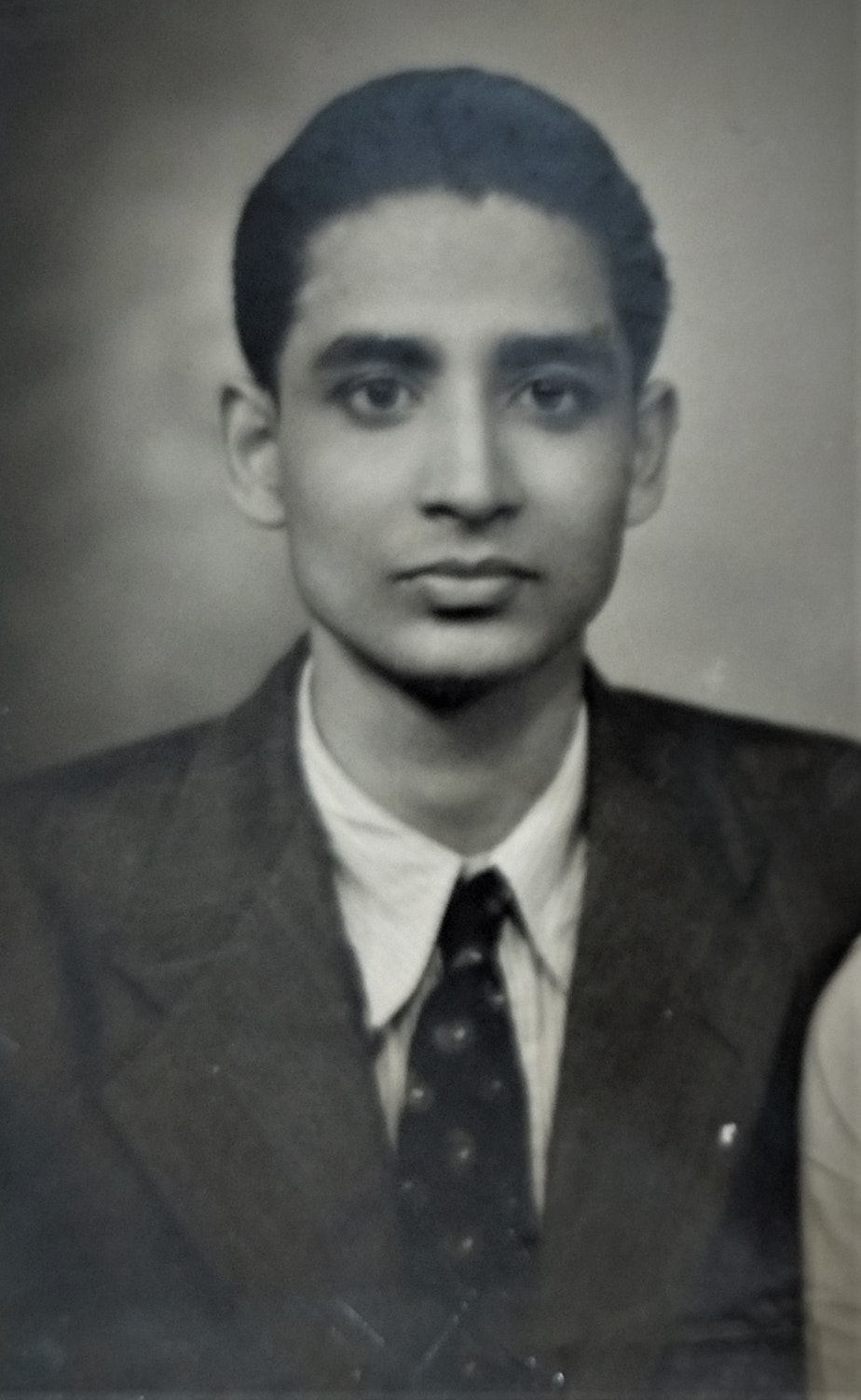My grandpa sang songs to fight for freedom. Now I sing them too

W
hen my thatha and I talk on the phone, he loves to sing. And for eighty-nine, he's pretty darn good at it.
I call him on the phone because he lives in Chennai, a city in Southern India. Because of the time difference, we can only call early in the morning or really late at night.
He can't come on a plane like he used to, or hear as well as he could before. But those barriers don't seem so bad when we sing together on the phone.
He always sings songs from the Carnatic music tradition, a genre of classical music from Southern India.
Last summer, he sang a song I hadn't heard before. He told me what the lyrics mean: let us dance, and let us sing folk songs, because we have achieved independence.
At first I was confused. What independence? From whom? And what's going on here?
My thatha lived in India when it was still a British colony. His town was segregated between Indian and British people.
The song he sang was created to protest British colonial rule.
When the British East India Company came to India, they took over the whole country and ruled the Indian people against their will for about two hundred years.
People in India wanted freedom from the British, but they didn't sit around waiting for it to come. They fought for it, just not by shooting guns or firing cannons.
India had a movement that involved peaceful protests and marching in the streets, led by activists including Mahatma Gandhi. These activists were prepared to be arrested at any time.
My thatha's cousin Kittana organized rallies against the British in his district. At one point, he was arrested by the police. Thatha was so scared for his cousin. Fortunately, the police assumed they had caught the wrong guy and let him go.
People like Kittana protested the British politically and economically. But there was also an artistic movement against the British.

The British suppressed many Indian art forms like dance and music, but my thatha loved Indian music.
He remembers wearing homespun cloth, marching proudly in the streets, and singing a song written by the Tamil poet Bharathiyar.
In the song, the poet muses about how wonderful independence would be for India and how it would bring equality and prosperity for the nation. It became widely popular and was sung by many different artists.
These protests eventually led to the British letting go of colonial control in 1947.
My grandpa remembers that it was a very happy day.
He was free, his family was free, and his whole country was free.
The music people sang during the independence movement continues to ring in people's ears in India and around the world. These songs remind us of the struggle that people like my thatha went through.
Today this song allows me to understand history through my thatha's experiences and helps me connect to my heritage, even if my thatha isn't always close by.
This story was created in KUOW's RadioActive Intro to Journalism Workshop for 15- to 18-year-olds at Jack Straw Cultural Center, with production support from Kamna Shastri. Edited by Joshua McNichols.
Find RadioActive on Facebook, Twitter and Instagram, and on the RadioActive podcast.



